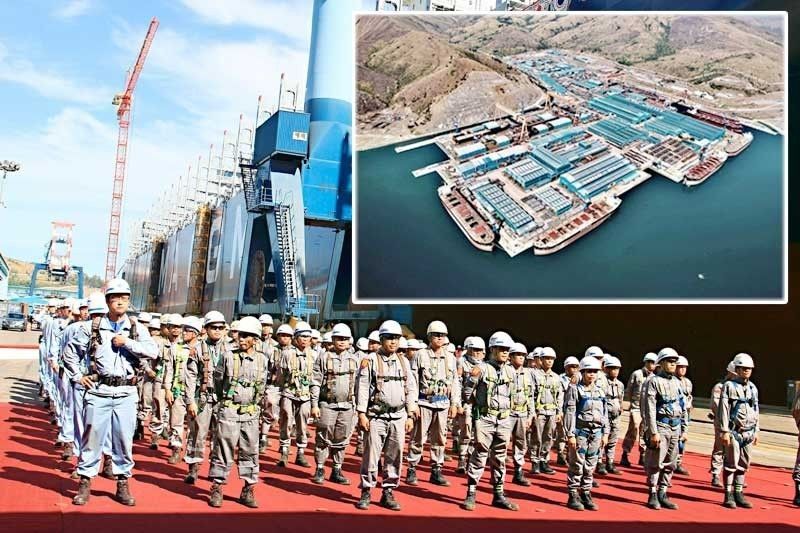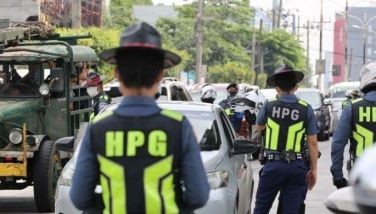‘Hanjin closure perfect for US Navy’s return to Subic’

MANILA, Philippines — A retired US Navy official proposed that a private US shipbuilding firm could tie up with the Philippine government to operate the closed shipyard of the South Korean Hanjin company in Subic to build both naval and commercial ships.
In an article published by the US Naval Institute Journal, retired US Navy Capt. Brian Buzzel noted that since the closure last February of the Hanjin shipyard due to bankruptcy, there are foreign parties, including US and Chinese firms, that have expressed interest in taking over the operation of the shipyard.
He said the US Navy’s return to Subic Bay, through Hanjin, would also send a strong message to China that the Philippine-US alliance is strong and unbreakable.
Buzzel suggested that the US government should inform Philippine officials of a possible private-public partnership to reopen and operate the Hanjin facility.
With Hanjin shipyard now up for grabs, Buzzel said that the US Navy should move in quickly by informing acting US Defense Secretary Patrick Shanahan of its interest in the Hanjin facility in Subic.
Buzzel said Shanahan should inform the US State Department of the US Navy’s interest in Hanjin and the State Department, in turn, must inform the Philippine government.
He pointed out that at the height of Hanjin operations in Subic, the firm built 123 large cargo container vessels, bulk carriers and carriers for crude oil, liquified petroleum gas and mineral ore.
“It was the largest employer in Subic with more than 30,000 Filipinos, mostly skilled welders,” Buzzel said.
For this, he said, the US Indo-Pacific Command must initiate a study to analyze the impact on operational readiness of more repair facility in the western Pacific, including the impact on the current workloads at the Ship Repair Facility in Yokosuka, Japan and the Guam Shipyard Division.
“The Navy may not be able to grow 355 ships, but adding a fifth public-private shipyard will go a long way to ensuring the ships in the Pacific are available and ready to fight. The party with most to lose in the US return to Subic will be the Chinese. And they know it,” Buzzel said.
In recent years, the US has struggled to persuade the Philippine government and the country’s citizens that it is serious about honoring its commitments under the 1951 US-Philippines Mutual Defense Treaty.
“China has been feeding growing mistrust, hoping to drive a wedge between the two long-standing allies to the point one or both will move to terminate the treaty,” Buzzel wrote.
“This compounded security in the Philippines defense establishment,” he said, adding that the confluence of all these factors gives the US Navy a perfect opportunity to return to Subic Bay, except this time as an equal partner with a private shipbuilding firm and respecting the laws and sovereignty of the Philippines, to the benefit of the Filipino people and the economy.
- Latest
- Trending





























